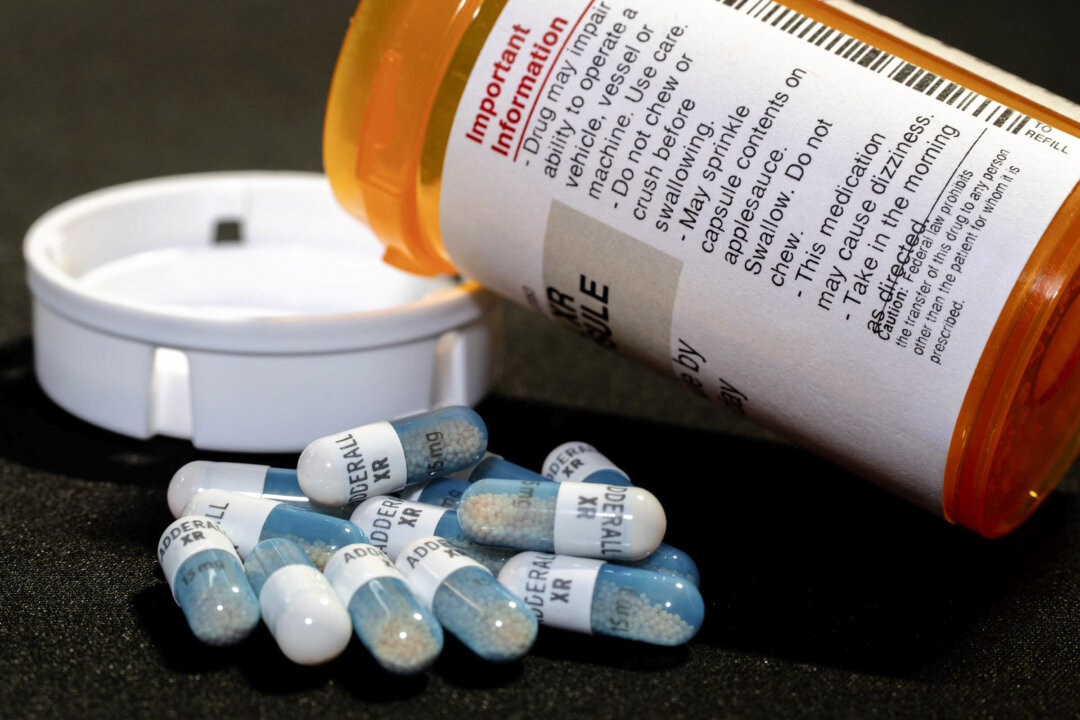Listen to Story There's a growing burden of antimicrobial resistance leading to millions of deaths worldwide. The silent pandemic is a phenomenon where drugs stop responding to microbials like bacteria, virus or fungi which were designed to attack them. Global researchers have called India a hotspot of antimicrobial resistance (AMR), especially due to widespread misuse, easy access and regulatory gaps.
New data has shown that AMR caused the death of 3 million children in 2022 due to infections that weren't responding to standard antibiotics. The report, compiled by experts from the Murdoch Children's Research Institute in Australia and the Clinton Health Access Initiative, highlighted the growing global threat of AMR and how it is taking a toll on children, especially in Africa and Southeast Asia. AMR happens when bacteria and other microbes develop resistance to the drugs and common infections become more difficult to treat.

In some cases, it is impossible to treat. The WHO has warned of its growing impact on health systems and mortality rates. New data has shown that AMR caused the death of 3 million children in 2022 due to infections that weren't responding to standard antibiotics.
(Photo: Getty Images) In just three years, researchers discovered a tenfold rise in infant deaths linked to AMR. Antibiotics are used to treat bacterial infections ranging from pneumonia to post-surgical infections . Due to easy access, antibiotics have been misused and overused, leading to resistance, especially since the bacteria evolved and drugs didn't work.
The researchers added that the issue becomes worse by the slow rate of new antibiotic discovery, which reduces the number of available treatments as resistance increases. The report pointed out that in 2022 alone, more than 7,52,000 children in Southeast Asia and 6,59,000 children in Africa died from AMR-linked complications. The study also highlighted the use of 'watch antibiotics' and 'reserve antibiotics.
' 'Watch antibiotics,' a term used to describe antibiotics used for serious cases , rose by 126% in Africa and 160% in South East Asia between 2019 and 2021. The use of "reserve antibiotics," which are last-resort medications for illnesses that are resistant to multiple medicines, increased by 125% and 45%, respectively. The report pointed out that in 2022 alone, more than 7,52,000 children in Southeast Asia and 6,59,000 children in Africa died from AMR-associated complications.
(Photo: Getty Images) The overuse of these powerful antibiotics had led to resistance against them, leaving few treatment options for multidrug-resistant infections. The crisis is worsened by factors such as overcrowded hospitals, poor sanitation, limited access to diagnostics, and weak antimicrobial stewardship in many affected regions. These conditions fuel both the spread of resistant pathogens and the misuse of antibiotics .
If current trends continue, treatment failures and already high mortality rates will escalate further, especially where access to alternative care is limited, the study mentioned. The authors suggested using a "One Health" approach to track how infections spread between people, animals, and the environment. They also stressed the need to improve how hospitals, especially those treating children, use antibiotics wisely.
Lastly, they recommended setting clear national rules so doctors can use regular health data to guide responsible antibiotic use..
Health

Three million child deaths linked to drug resistance: What does this mean?

Three million child deaths linked to drug resistance: What does this mean?















